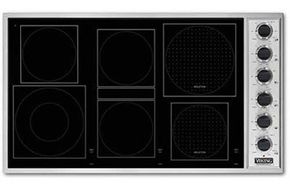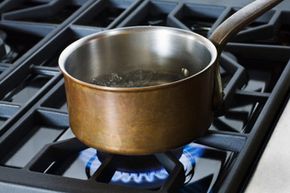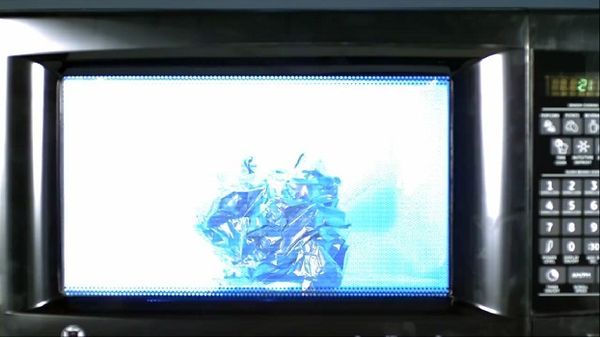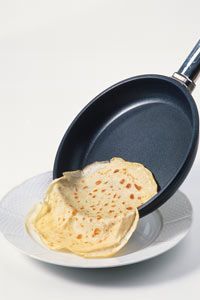Do you crave the simplicity and rapid heating of electric stoves but long for more responsive temperature control? Perhaps your favorite TV chef has won you over to cooking with gas, but the thought of tearing up your kitchen to put in a gas line leaves you cold. Maybe you have a gas stove, but wish you could turn the burner down without the flame guttering. Whichever camp you're in, when it comes to cleaning, chances are you'd just as soon chuck them both for the newer flattop glass-and-ceramic ranges.
But there is another option. Induction cooktops boast speed surpassing electric, temperature response rivaling gas, and safety and cleaning ease that beat out glass-and-ceramic-top stoves. Whereas other stoves heat food indirectly by applying an open flame or a hot surface to the bottom of cookware, induction cooktops use electromagnetism to cut out the middleman and heat the cookware itself. The result is more evenly heated food and a cooler cooktop.
Advertisement
In this article, we'll uncover how the same power-producing principle making Hoover Dam's giant generators possible is helping cooks make easier emulsions and chocolate without a double boiler. We'll also lift the lid on what you should know before buying, installing or working with induction cooktops. Before we get to that, let's take a look at the benefits of induction cooktops and the surprisingly simple physics of electromagnetic induction.



